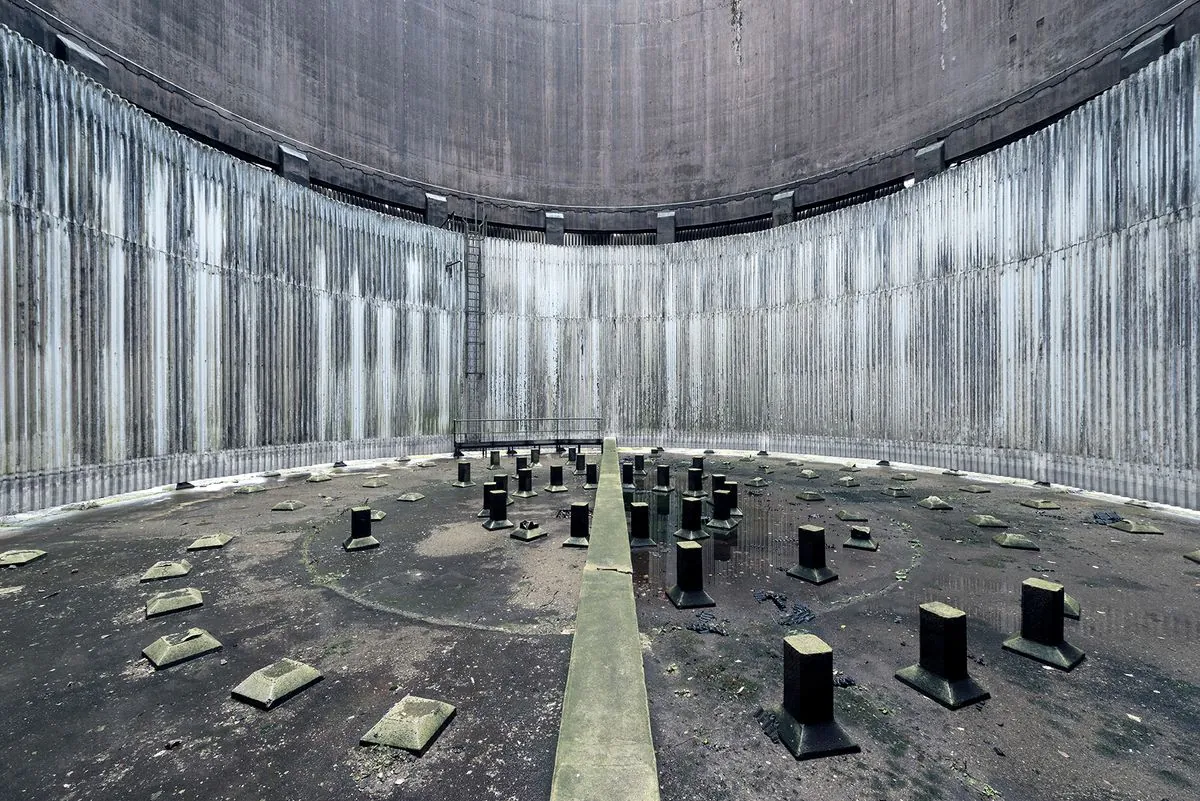IAEA Probes Fire at Zaporizhzhia Nuclear Plant, Cause Remains Unclear
IAEA inspectors examined a damaged cooling tower at the Russian-controlled Zaporizhzhia Nuclear Plant in Ukraine. The cause of a recent fire remains undetermined, with both sides blaming each other.

On August 12, 2024, representatives from the International Atomic Energy Agency (IAEA) conducted an inspection of a damaged cooling tower at the Zaporizhzhia Nuclear Power Plant in Ukraine. The facility, currently under Russian control, experienced a fire incident over the weekend, prompting concerns and conflicting accusations from both Moscow and Kyiv.
The Zaporizhzhia Nuclear Power Plant, Europe's largest nuclear facility, has been a focal point of international concern since Russia's invasion of Ukraine in February 2022. Located in Enerhodar, on the southern shore of the Kakhovka Reservoir, the plant consists of six VVER-1000 pressurized water reactors, each capable of generating 950 MW. When fully operational, it produces approximately 20% of Ukraine's electricity.
According to the IAEA's statement, the inspection team was unable to definitively determine the cause of the fire. They found no immediate evidence of drone remains, as claimed by Russian authorities, and assessed that the primary source of the fire was unlikely to have originated at the base of the cooling tower.
The damage appears to be concentrated on the interior of the tower, specifically at the water nozzle distribution level, approximately 10 meters high. The IAEA team noted that there were no significant signs of disturbance in the debris, ash, or soot at the tower's base.
"The team has not been able to draw definitive conclusions (on the cause of fire) on the basis of the findings and observations so far."
Importantly, the IAEA confirmed that the nuclear safety of the plant was not compromised, as the cooling towers are currently not in operation. The plant has been in a state of cold shutdown since September 2022, when the IAEA established a permanent presence at the site.
Both Moscow and Kyiv have reported no signs of elevated radiation following the incident. This is crucial, as nuclear power plants typically have multiple layers of safety systems to prevent radiation leaks.
The IAEA, founded in 1957 as an autonomous organization within the UN system, plays a vital role in promoting the peaceful use of nuclear energy and preventing its military application. Its involvement in monitoring the situation at Zaporizhzhia underscores the international community's commitment to nuclear safety, especially in conflict zones.

As the investigation continues, the incident serves as a reminder of the potential risks associated with nuclear facilities in areas of conflict. The Zaporizhzhia plant's status as the first nuclear power plant to be occupied during a war highlights the unprecedented challenges faced by international regulatory bodies and the importance of maintaining strict safety protocols even in extraordinary circumstances.


































